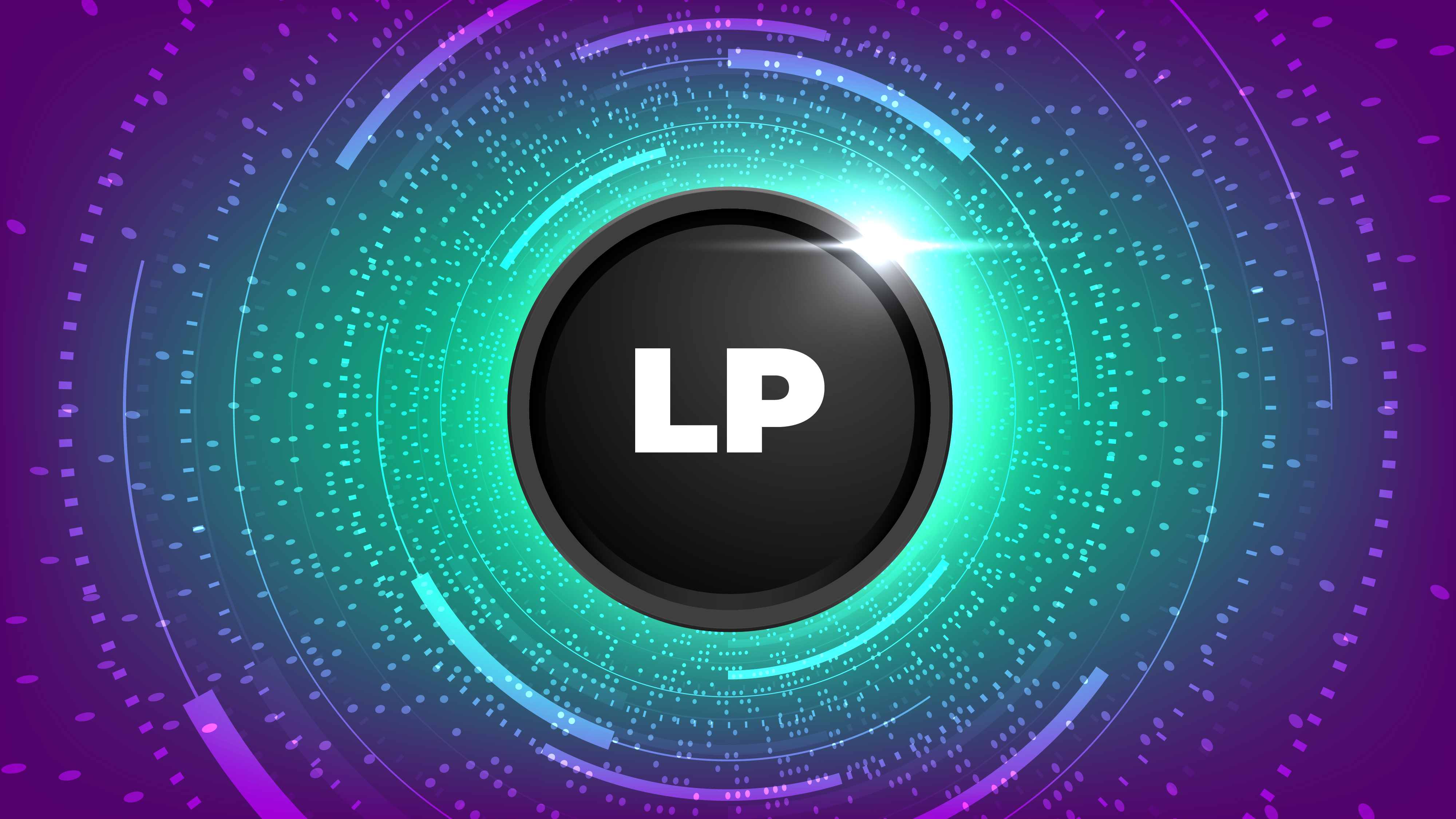
Featuring The First-Ever Liquidity Pools for Perpetual Trading Contracts
Author: speicherx
The Cosmos ecosystem, known for its Inter Blockchain Communication protocol (IBC), low transaction fees, and comprehensive developer resources, made significant strides in the DeFi industry throughout 2023. In addition to introducing native liquid staking through Stride, the recent collaboration between Noble and Circle means that over 50 IBC-enabled blockchains on Cosmos now have access to the trusted stablecoin option, USDC. This not only boosts liquidity but also sets the stage for further DeFi advancements within Cosmos.
With its expansive ecosystem of interoperable blockchains and applications, Cosmos offers a variety of yield-generating strategies. So, if you’re curious about how to maximize profits with your tokens on Cosmos, continue reading as we will explore some liquidity pooling strategies below!
1. Osmosis: Provide Liquidity for over 100+ pools and earn dual incentives
Osmosis is the first IBC-native Automated Market Maker (AMM) operating on the Cosmos SDK. Since its inception, Osmosis has sought to improve the DeFi trading experience, in stark contrast to platforms like Curve Finance and Uniswap which either prioritized stablecoin trades or possessed rigid structures. For example, before their v3 update, Uniswap only allowed the creation of a two-token pool with an equal ratio and a swap fee of 0.3%. Osmosis emphasized flexibility and user empowerment, allowing users to adjust essential parameters such as the fee tiers, which was particularly important in the dynamic markets of DeFi.
On Osmosis, users can engage in various liquidity pools, earning rewards based on their contributions. There are over 100 options, including both verified and unverified (frontier) options, suiting the slightly more adventurous degens.
Users can either choose to seek daily payouts in OSMO tokens through incentivized pools or lock in for longer-duration pools for higher APR% rates via superfluid staking.
Osmosis also recently upgraded to v16 in July, introducing OSMO 2.0. This upgrade marked a transformative chapter for the platform, refining its tokenomics, sustainability, and governance structures. Key enhancements include a halved inflation rate, extended $OSMO emission timelines, and a strategic reallocation of emissions to reward stakers of the network. Additionally, the introduction of deflationary strategies, a fee-sharing mechanism, and the revolutionary Supercharged Liquidity system aim to deepen liquidity and increase profitability for their users.
Also Read: Osmosis v16.0.0 — Magnesium Upgrade
https://osmosis.zone/blog/osmosis-v16-0-0-magnesium-upgrade
2. Kujira BOW: Earn Real Yield for over 90+ Liquidity Pools
Kujira launched BOW as their distinctive version of an Automated Market Maker (AMM) specifically designed for their on-chain order book decentralized exchange (DEX) named FIN.
BOW enhances the trading experience on FIN by ensuring trading pairs possess the essential elements for peak performance: tight price margins to attract traders, fees that deepen order books, and rewarding yield for those who contribute liquidity to the pools. Using a self-contained, fully on-chain system, BOW employs its internal algorithm and the XYK formula, akin to AMMs like Uniswap. This autonomously adjusts orders based on market trends, providing traders with competitive rates while also incentivizing participants with fees.
There are over 90 liquidity pools available, including tokens paired with the network’s native stablecoin, USK. Users can contribute LP tokens to these pools or choose single-side staking as an alternative.
3. MarginX 2.0: First-Ever Liquidity Pools for Perpetual Trading Contracts
Inspired by Uniswap’s approach to transparent spot trading in 2018, the MarginX 2.0 team unveils the ALO model — “Automated Limit Order Book Market Maker” for Perpetual Market. This innovation grants users the ability to list their desired perpetual pairs and customize their trading terms accordingly, facilitating a fair distribution of fees, profits, and losses to craft a personalized risk-reward landscape.
Moreover, MarginX 2.0 fuses the principles of the Automated Market Maker (AMM) with the features of the Limit Order Book (LOB) system. This enhances the efficient flow of funds into liquidity pools, directed by oracle-based parameters to establish buy and sell limit orders. Catering to a diverse range of market players, from veteran traders to arbitrage enthusiasts, we believe this best offers adaptability in the volatile crypto market landscape.
Currently, users can participate in our ongoing testnet and even be rewarded for doing so!
Also Read: MarginX 2.0–ALO Testnet
https://blog.marginx.io/marginx-2-0-alo-testnet-65db199c068d
With support for the majority of IBC and EVM pairs on our upcoming mainnet and the inclusion of prominent stablecoin options, MarginX 2.0 will enhance the utility of LP tokens on Cosmos through the integration of perpetual trading contracts.
Closing Thoughts
The Cosmos ecosystem, supported by its continuous innovations, has become a notable force in the DeFi industry. With platforms such as Osmosis, Kujira BOW, and MarginX 2.0, the ecosystem offers a diverse range of yield-generating strategies.
For users looking to amplify their gains, whether you’re a trader or an enthusiast, Cosmos provides opportunities for both immediate rewards and long-term growth.
Disclaimer: The content provided is for informational purposes only and should not be construed as financial advice. Always conduct your own research before making any investment decisions, DYOR!
